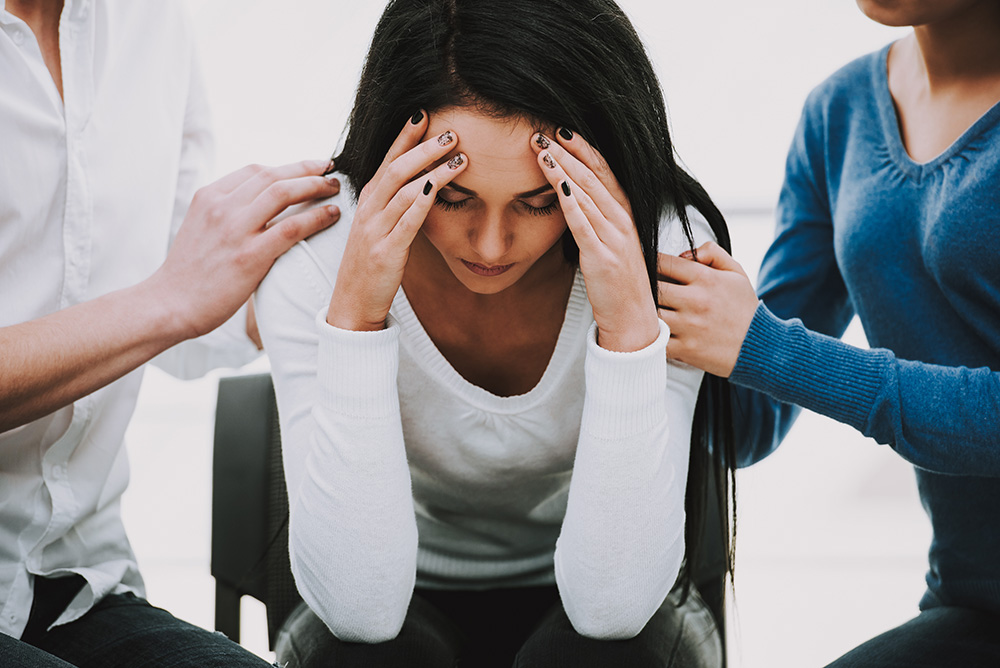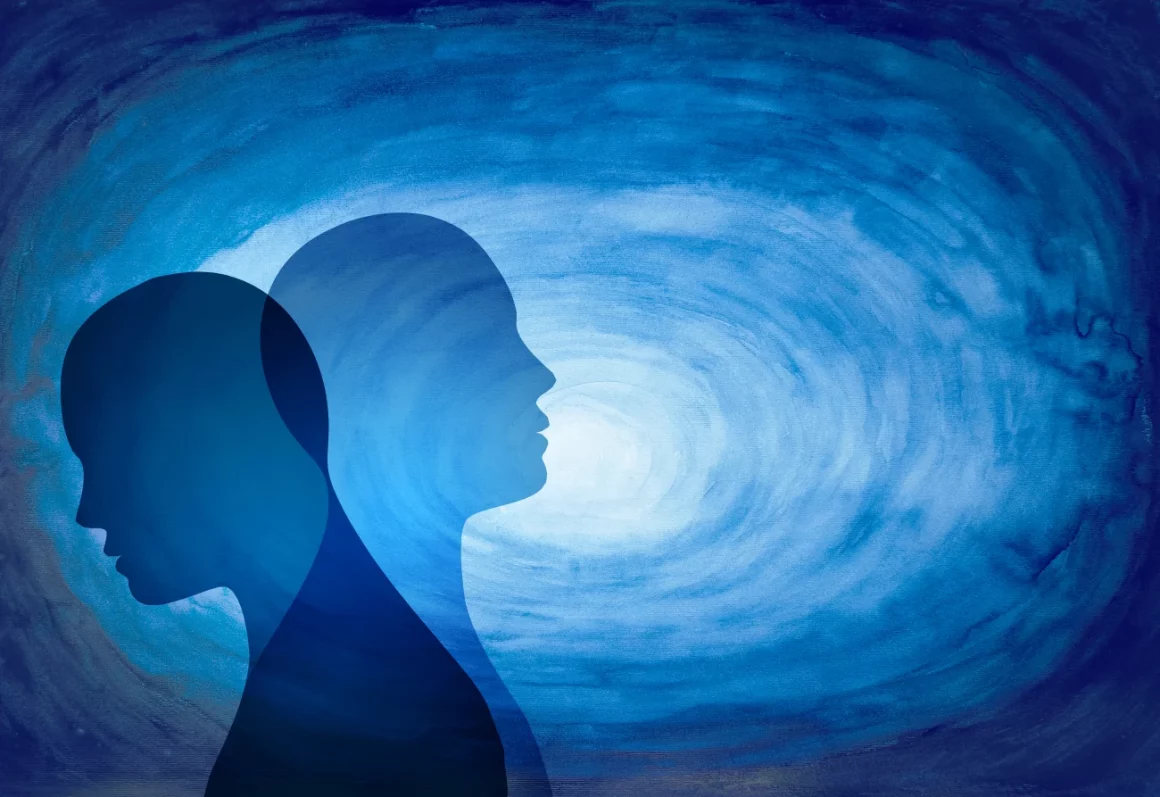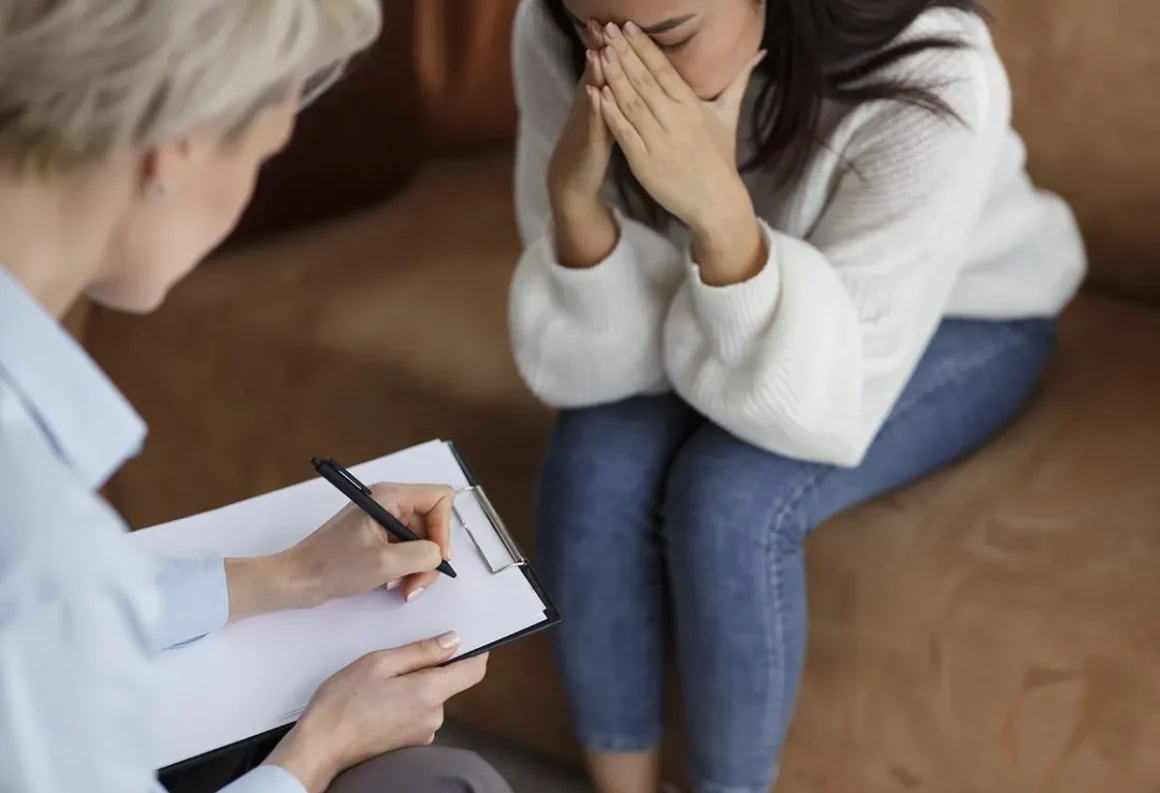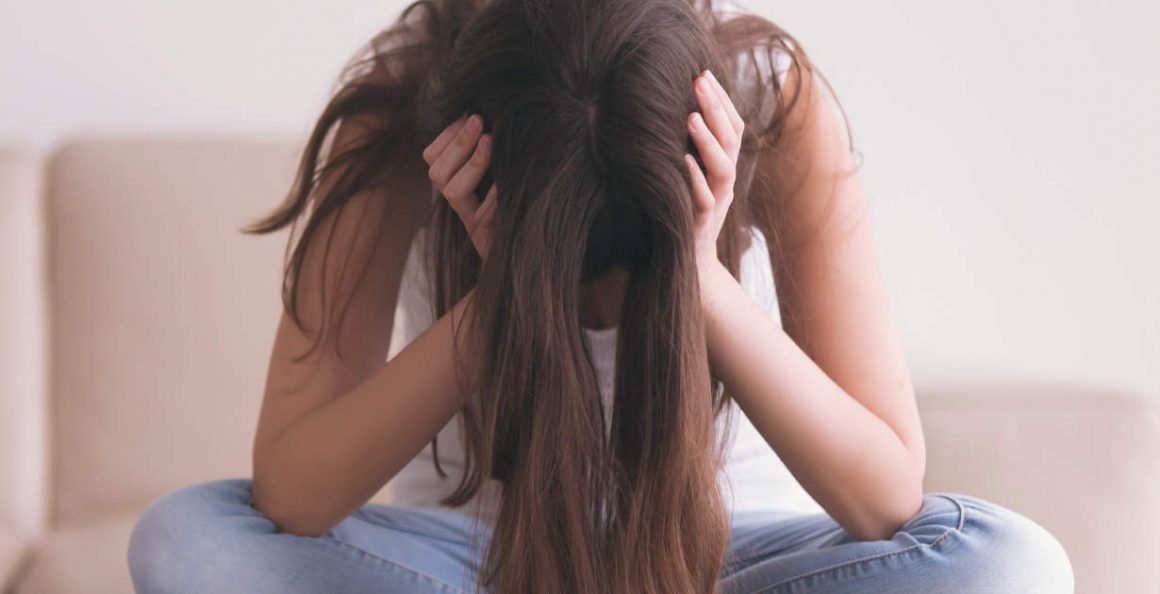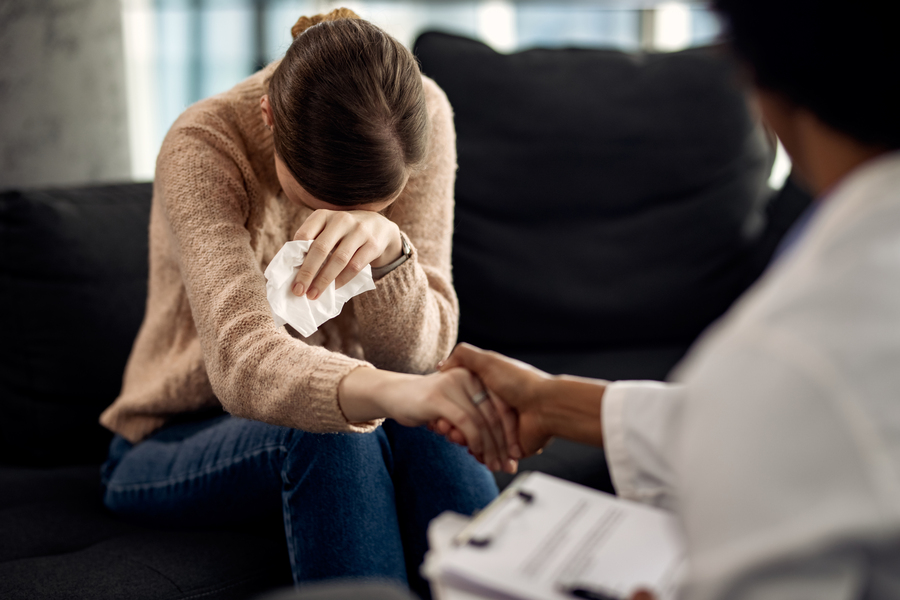Bipolar disorder, formerly called manic depression, is a mental health condition that causes extreme mood swings that include emotional highs (mania or hypomania) and lows (depression). When you become depressed, you may feel sad or hopeless and lose interest or pleasure in most activities
In mania patient is physically and mentally overactive.. He is either elated (too happy) or irritable. He tends to talk too much unnecessarily and moves from one topic to next quickly.
Bipolar Affective Disorder FAQ
Bipolar Affective Disorder often called Manic Depressive Illness has two phases. One Manic/hypomania and other depression. In mania patient is physically and mentally overactive.. He is either elated (too happy) or irritable. He tends to talk too much unnecessarily and moves from one topic to next quickly. He loses inhibitions and can get involved in behaviour, which would be abnormal or immoral for him normally. His sleep is reduced and he feels that he has extraordinary abilities, fame and wealth. He tends to overspend money and can become overgenerous. Some times manic patient tends to make unrealistic and over ambitious future plans. Manic episode is often followed by depression. Features of depression phase are not much different from unipolar depression. Bipolar depression is often moderate to severe with low energy and feelings of self-blame and guilt.
Hypomania is relatively milder form of Mania. However word mania is also used for manic episode of any severity.
Antidepressants are mostly stopped if patient gets in manic episode. In a patient with Bipolar Affective Disorder Antidepressant can result in manic episode and if continued can make it worse.
Manic episodes often need to be treated in hospital. Medications used to treat mania are antipsychotics and mood stabilizers. Some times they are given in combination. Antipsychotics are medications often used to treat schizophrenia. Newer antipsychotics (Olanzapine, Risperidone, Quetiapine, Aripiprazole) have lesser side effects. Mood stabilizers are medications used to bring the mood to normal and prevent it swinging to mania or depression. Lithium has been a well-established mood stabilizer for years. The other mood stabilizers are Sodium Valproate and Carbamazipine. These are in fact antiepileptic medications but effective in Bipolar Affective Disorder. One other antiepileptic often used in Bipolar Affective Disorder is Lamotrigine.
In between episodes of mania or depression, psychological treatment can be helpful. Psychological treatment should include: psychoeducation finding out more about bipolar disorder; mood monitoring helps you to pick up when your mood is swinging; mood strategies to help you stop your mood swinging into a full-blown manic or depressive episode; help to develop general coping skills; cognitive behavioural therapy (CBT) for depression
After just one episode, it’s difficult to predict how likely you are to have another. If someone had two episodes there is 80% chance of further episodes.
If those periods of overexcitement are clearly uncharacteristic of you and not due to side effect of antidepressants or use of any other chemicals(e.g drugs) and you have a family history of bipolar affective disorder, it may be likely that you have Bipolar 2 disorder. Depression is prominent in this condition but treatment can trigger full blown manic episode.
At the moment it seems that you are suffering from what is called as bipolar depression. It is tricky to treat this illness. Some of medicines for example Lamotrigine, or Quetiapine can be considered. You should have a full psychiatric assessment and blood investigations and regular monitoring after you are started on Lamotrigine. It is increased slowly.
While neither bipolar 1 or 2 is considered “worse” than the other, bipolar 1 can often cause manic episodes which are more severe and last longer than hypomanic episodes that are common in bipolar 2.
Bipolar 1 can be serious, especially if left untreated
Bipolar disorder can be triggered by multiple things, some of which include having a first-degree relative with a history of bipolar disorder as well as instances of high stress and anxiety.
While the symptoms of bipolar 1 and 2 can be managed and minimized with appropriate treatment, it will never “go away”. However, it is very possible to reach remission with bipolar disorder where symptoms are minimal and do not interfere with everyday life.
Bipolar might worsen with age over time if left untreated. As time passes, it is possible to experience episodes that increase in severity or become more regular than when symptoms were first identified.
Currently, bipolar disorder is considered a handicap or disability under the ADA (Americans with Disabilities Act) and may be considered to some as an “invisible disability”.
Bipolar can manifest in different ways based on the individual, however, most often a person with bipolar will experience depressive episodes along with episodes of mania or hypomania which can look like overwhelming energy, excitement, a decreased need for sleep, changes in social patterns, and impulsivity.
The bipolar affective disorder is regularly inherited, with hereditary aspects accounting for about 80% of the cause of the condition. Bipolar affective disorder is one of the most likely psychological conditions to be passed down from family. If one parent has a bipolar condition, there’s a 10% chance that their kid will create a health problem.

